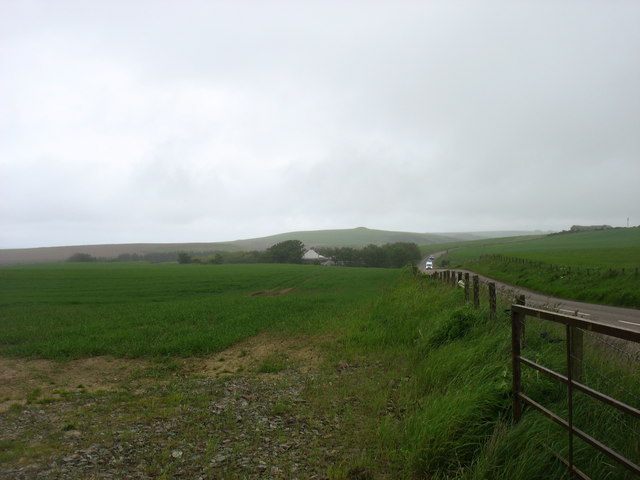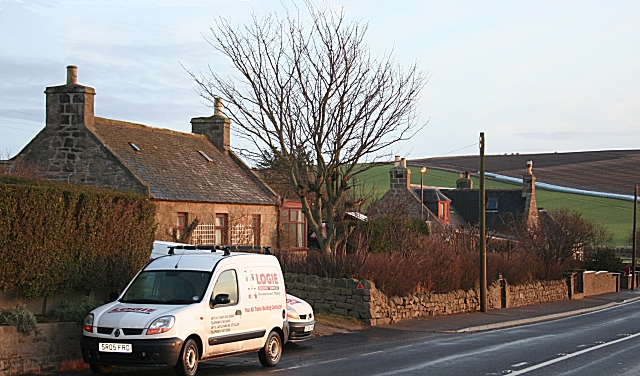Cairn Lee
Heritage Site in Banffshire
Scotland
Cairn Lee

Cairn Lee, located in Banffshire, Scotland, is a significant heritage site that holds historical and archaeological importance. This ancient monument stands on a hilltop in the parish of Fordyce, offering breathtaking views of the surrounding countryside.
The site is recognized for its impressive cairn, a man-made mound of stones, which dates back to the Neolithic period, around 3000 BC. The cairn is believed to have been a burial chamber or possibly a ceremonial site during this era. It is constructed from large boulders and covers a central chamber, which has unfortunately been largely destroyed over time.
The remains of the cairn indicate that it was once a substantial structure, standing around 7 meters in diameter. Excavations in the 19th century uncovered fragments of pottery, stone tools, and human bones, providing valuable insights into the lives and rituals of the people who inhabited the area thousands of years ago.
Today, Cairn Lee stands as a testament to the ancient civilizations that once thrived in the region. It serves as a popular destination for history enthusiasts, archaeologists, and tourists alike, who come to explore and appreciate the rich heritage of this site. The hilltop location also makes it a perfect spot for panoramic views of the picturesque Scottish landscape.
Cairn Lee is protected as a scheduled monument by Historic Environment Scotland, ensuring its preservation for future generations. Its historical significance, combined with its scenic location, makes it a must-visit destination for those interested in delving into Scotland's ancient past.
If you have any feedback on the listing, please let us know in the comments section below.
Cairn Lee Images
Images are sourced within 2km of 57.652/-2.41 or Grid Reference NJ7562. Thanks to Geograph Open Source API. All images are credited.






Cairn Lee is located at Grid Ref: NJ7562 (Lat: 57.652, Lng: -2.41)
Unitary Authority: Aberdeenshire
Police Authority: North East
What 3 Words
///thud.gender.tanks. Near Macduff, Aberdeenshire
Nearby Locations
Related Wikis
Cairn Lee
Cairn Lee is a prehistoric monument in Aberdeenshire, Scotland. Cairn Lee and proximate Longman Hill are the oldest prehistoric features in the local area...
Longmanhill
Longmanhill is a settlement in the Aberdeenshire parish of Gamrie; it is located along the A98 road connecting Fraserburgh to Macduff. This hamlet was...
Longman Hill
Longmanhill is a Bronze Age long barrow situated atop a prominent rounded landform in northern Aberdeenshire, Scotland near Banff Bay. Due to the low-lying...
St John's Church, Gamrie
St John's Church is a ruined church and kirkyard in the parish of Gamrie, Aberdeenshire, Scotland. The church, dedicated to St John the Evangelist, was...
Nearby Amenities
Located within 500m of 57.652,-2.41Have you been to Cairn Lee?
Leave your review of Cairn Lee below (or comments, questions and feedback).













